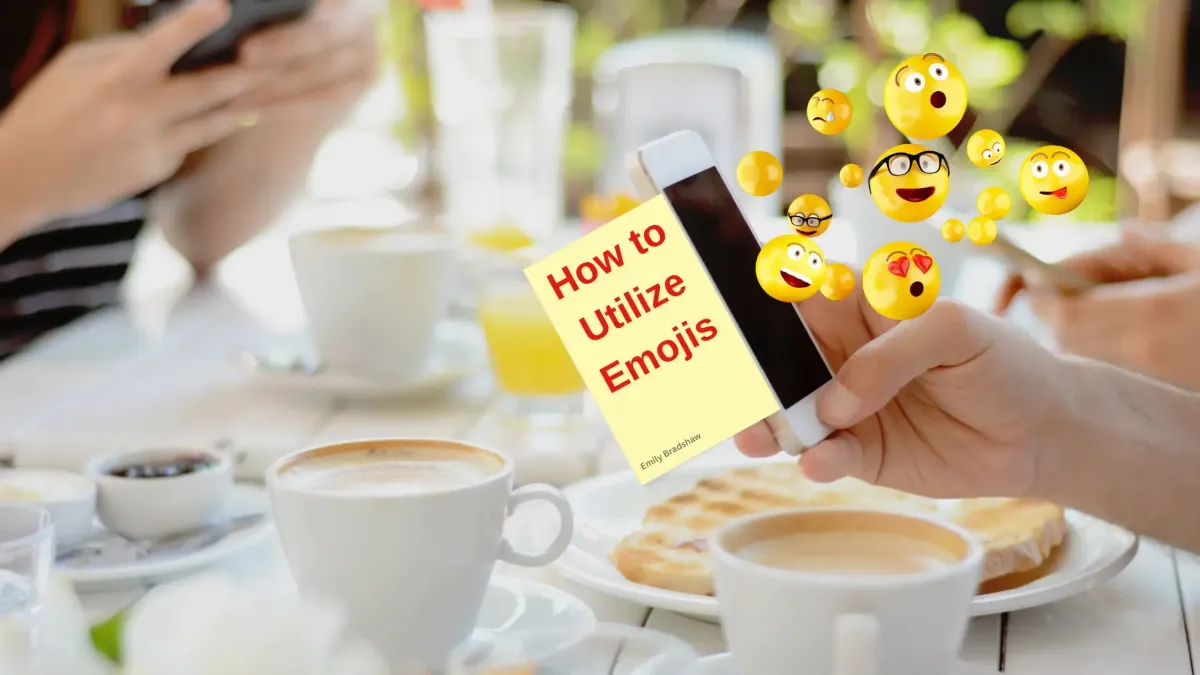
Mastering Emoji Use: Tips for Effective Communication
Understanding the Power of Emojis in Modern Communication
What are Emojis?
Emojis are small digital images or icons used to express ideas, emotions, or symbols in electronic communication. Originating from Japan, these pictographs have become a global phenomenon, adding a visual element to text-based messages. They bridge the gap between written and spoken language, making digital conversations more expressive and engaging.
The simplicity and universality of emojis have made them an essential part of modern communication. From simple smiley faces to complex representations of activities and emotions, emojis help convey nuances that words alone might miss.
The History of Emojis
The history of emojis dates back to the late 1990s when Japanese artist Shigetaka Kurita created the first set of 176 emojis for a mobile internet platform. These early emojis were designed to communicate information quickly and efficiently through simple images. Since then, emojis have evolved significantly. In 2010, the Unicode Consortium standardized emojis, allowing them to be used universally across different devices and platforms. This standardization has enabled emojis to transcend language barriers and become a global mode of communication.
The Role of Emojis in Communication
Enhancing Digital Communication
Emojis enhance digital communication by providing visual cues that can convey tone, emotion, and context, which are often missing in text-based messages. A well-placed emoji can turn a neutral message into a friendly one, clarify the intent behind a statement, or even inject humor into a conversation. For example, a simple smiley face can indicate friendliness, while a thumbs-up can signify approval. Emojis help bridge the gap between spoken and written language, allowing for a richer exchange of ideas and feelings.
They also help reduce misunderstandings, making interactions smoother and more enjoyable. Emojis can convey subtle emotions that might be difficult to express in words, adding depth to our digital conversations.

Check out this Copy & Pate Emoji Library
Emojis in Professional Settings
Using emojis in professional settings can be a bit tricky. While they can make communication more personable and relatable, it's essential to use them appropriately. In professional emails, a strategically placed emoji can soften the tone of a message, making it less formal and more approachable. However, it is crucial to consider the company culture and the nature of the relationship with the recipient.
Overuse or inappropriate use of emojis may appear unprofessional and could undermine your message. For instance, a thumbs-up emoji can be a quick way to acknowledge a message, but excessive or inappropriate use may appear unprofessional. Therefore, it's best to use emojis sparingly in professional communications.
How to Use Emojis Effectively
Understanding Emoji Meanings
To use emojis effectively, it's crucial to understand their meanings. Some emojis have straightforward interpretations, like the smiley face or heart, while others may have different connotations depending on cultural context. Always consider the potential interpretations before using an emoji. For example, the eggplant emoji, while seemingly harmless, is often used to represent something entirely different in certain contexts. Being aware of these nuances can prevent miscommunication.
Best Practices for Using Emojis
Know Your Audience: Tailor your emoji usage to the preferences and expectations of your audience. For instance, younger audiences might appreciate a more liberal use of emojis, while older or more conservative audiences might prefer a minimalist approach.
Keep it Simple: Avoid overloading your messages with too many emojis. One or two well-placed emojis can be more effective. Overuse can clutter your message and distract from the main point.
Stay Relevant: Use emojis that complement the message you're trying to convey. Irrelevant emojis can confuse the reader and dilute the impact of your message. For example, using a party popper emoji in a condolence message would be highly inappropriate.
Emojis in Different Contexts
Emojis in Personal Messages
In personal messages, emojis add a fun and expressive element. They can convey feelings and reactions more vividly than words alone. For example, a laughing face emoji can emphasize the humor in a joke, while a crying face emoji can express sympathy. Emojis can also help to convey tone, making it clear whether a statement is meant to be serious or playful. This can be particularly useful in maintaining relationships and building a sense of connection.
Emojis in Social Media
On social media, emojis can boost engagement by making posts more eye-catching and relatable. Brands often use emojis to create a friendly and approachable tone, which can enhance their social media presence. For instance, using heart emojis in posts about customer appreciation can foster a sense of community and gratitude. Additionally, emojis can help to break up text and make content more visually appealing, encouraging users to read and interact with posts.
Emojis in Business Communication
In business communication, emojis can be used to add a human touch to interactions. However, it's important to use them sparingly and appropriately. For example, a smiley face at the end of a positive email can convey friendliness and approachability. Conversely, using too many emojis or using them inappropriately can undermine the professionalism of your message. It's also important to consider the recipient's familiarity with emojis and adjust your usage accordingly.
The Future of Emojis
As technology advances, emojis are likely to become even more integrated into our communication. New emojis are regularly added to the Unicode Standard, reflecting evolving cultural and social trends. For example, the introduction of more diverse emojis, including those representing different skin tones and gender identities, highlights the growing recognition of inclusivity and representation in digital communication.
Final Thoughts
Emojis are a powerful tool for enhancing communication. By understanding their meanings and using them appropriately, you can make your messages more engaging and effective. Whether in personal, social, or business contexts, emojis can add a valuable layer of expression to your digital interactions. As we continue to embrace digital communication, the role of emojis will undoubtedly expand, offering new and creative ways to connect and communicate.
